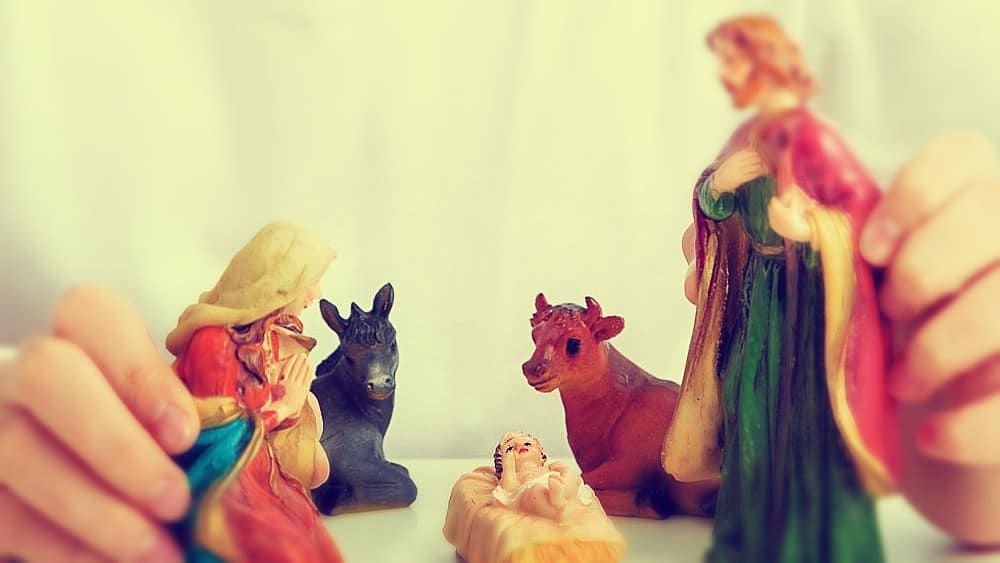Join us in an exploration that not only reexamines the classic composition of the nativity scene but also delves into the actual birthplace of Jesus, between Bethlehem and Nazareth, offering a fresh perspective on Christian faith and history.
The Nativity Without Donkey or Ox: Benedict XVI Alters Tradition
In a revelation that shifted Christmas tradition, Benedict XVI questioned the presence of the donkey and ox at Jesus’s birth in Bethlehem, suggesting that these animals, traditionally placed nearby to provide warmth to the Child of God, might not have been there.
This perspective, rooted in a scrutinization of the Scriptures, proposes a significant change in Christian iconography associated with the Nativity.
Benedict XVI, upon examining the biblical narratives, highlighted that neither an ox nor a donkey are specifically mentioned in the Gospel accounts of Jesus’s birth.
This omission implies that the inclusion of these animals in the nativity scene is a later tradition, intended to fill an iconographic void with a powerful image of humility and service. Despite this, Christian tradition swiftly embraced this imagery, incorporating it into the nativity scene to symbolize the newborn being warmed by the animals’ breath.
The Debate Over the Birthplace
The exact location of Jesus’s birth has been a subject of debate among scholars and theologians.
While popular belief maintains that Jesus was born in Bethlehem, by the prophecies of Micah and the narratives of the Gospels of Matthew and Luke, some scholars argue that Nazareth, Jesus’s hometown, might be the real place of his birth.
This discussion is enriched by the analysis of scriptures and historical interpretations, suggesting that faith in Jesus as the Son of God and Savior of Israel is independent of the geography of his birth.
Jesus Christ: The Savior Beyond History
The portrayal of Jesus, as interpreted through the Gospels and the lens of Christian belief, elevates beyond mere historical specifics of his terrestrial existence.
Authored from a standpoint of devout belief in his divine nature, both the acknowledged and the extracanonical texts are not aimed to serve as biographical accounts by contemporary standards.
Accordingly, the account of his nativity in Bethlehem fulfills a role that is more theological than it is historical, underpinning his role as the Messiah long foretold.
The Prophecy of Isaiah
The birth of Jesus, as described in the Gospels, is also connected with the prophecies of the Old Testament, such as those found in the book of Isaiah.
These foretellings of the birth of a savior who would be conceived by a virgin and save Israel, while part of the fabric of the Christian narrative, do not diminish faith in Jesus.
Understanding and acceptance of these elements within the Christian community vary, but collectively they reflect the complexity and depth of a religious tradition that seeks to comprehend the life and significance of Jesus Christ.





